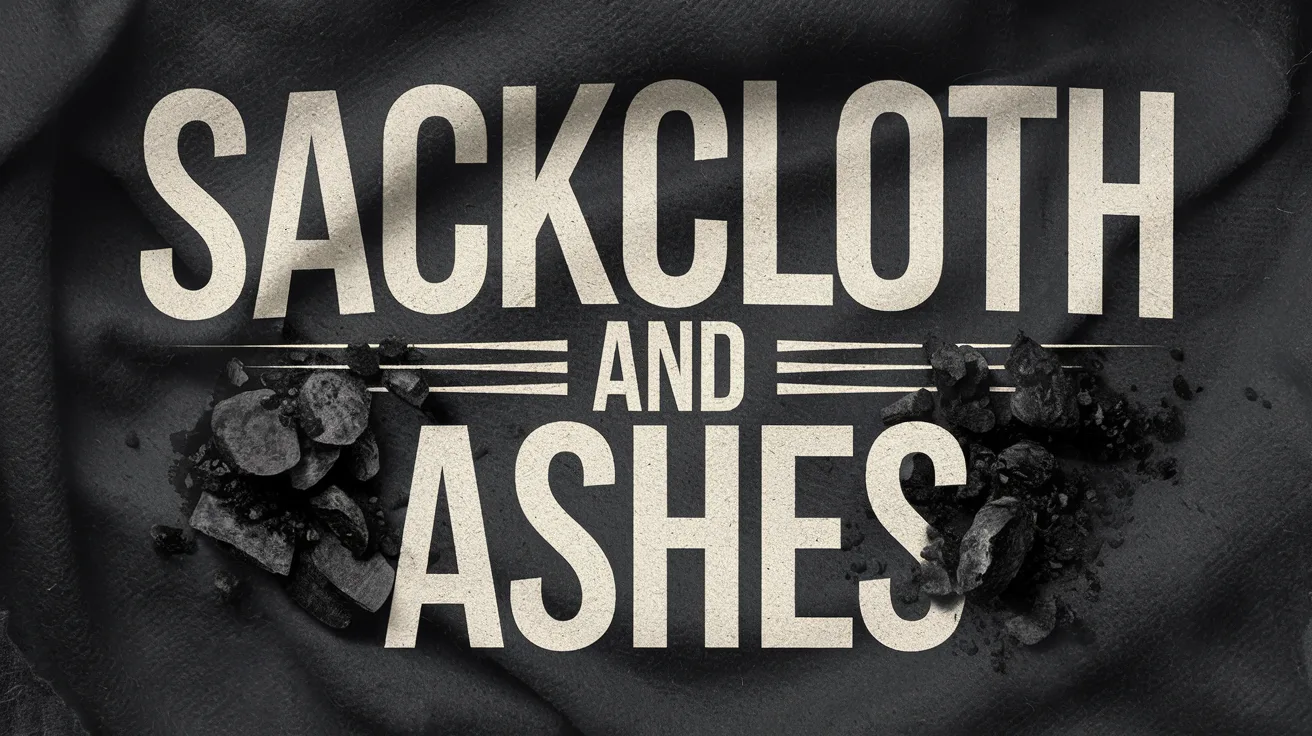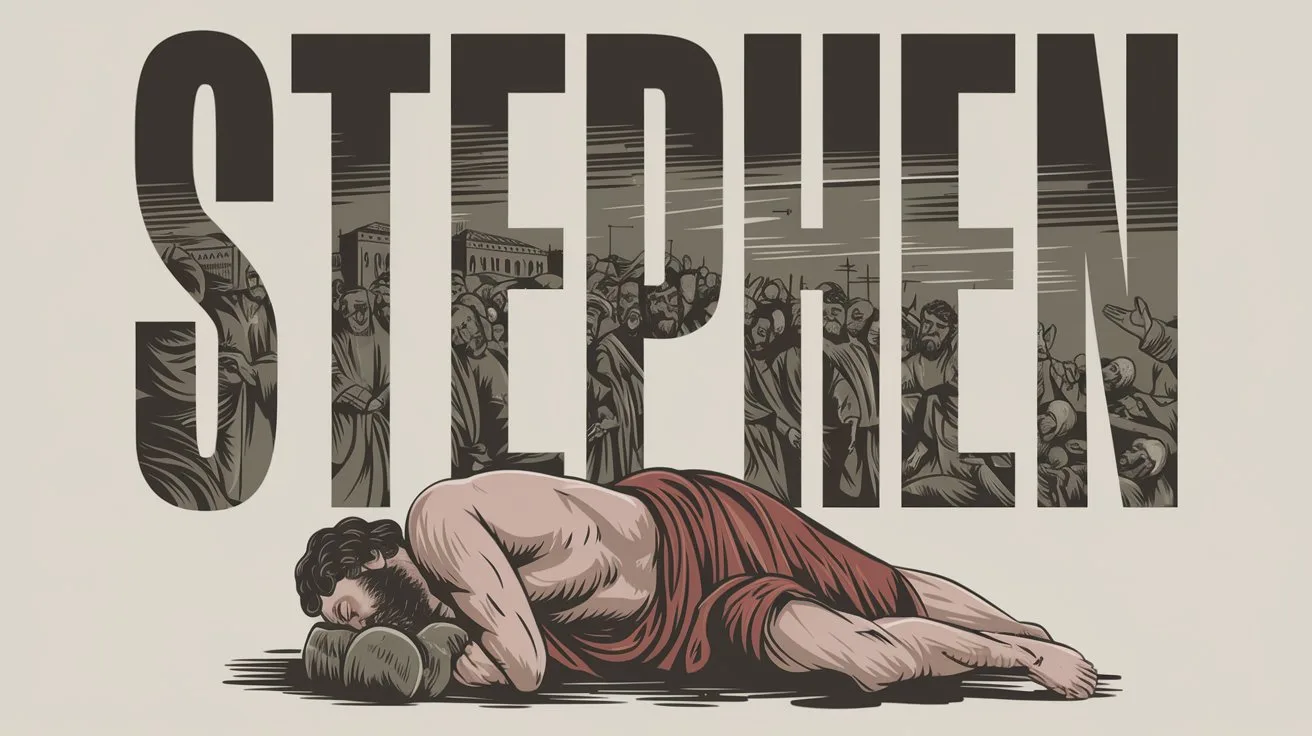The bronze laver, also called the bronze basin, was a critical part of the tabernacle courtyard. It was used by the priests to wash their hands and feet before entering the holy place or approaching the altar, signifying the need for purity in service to God.
Exodus 30:18–20 gives the command:
“You shall also make a laver of bronze… for washing. You shall put it between the tabernacle of meeting and the altar… Aaron and his sons shall wash their hands and their feet in water from it.”
This washing was not optional. Verse 20 states:
“When they go into the tabernacle of meeting… they shall wash with water, lest they die.”
The bronze laver stood as a reminder that cleansing from defilement was essential before one could minister or draw near to God. It emphasized the holiness of God and the sinfulness of man, necessitating constant purification.
Exodus 38:8 notes that the laver was made from the mirrors of the women who served at the entrance of the tabernacle, reinforcing the theme of reflection and self-examination.
Unlike the altar, which dealt with atonement through blood, the laver dealt with sanctification through washing. It represents daily cleansing for those already redeemed. Jesus referred to this principle when He washed His disciples’ feet in John 13:10:
“He who is bathed needs only to wash his feet, but is completely clean…”
Spiritually, the bronze laver points to the Word of God as the means of cleansing. Ephesians 5:26 says:
“That He might sanctify and cleanse her with the washing of water by the word.”
The laver teaches that service to God requires ongoing purification and that access to His presence demands holiness.







